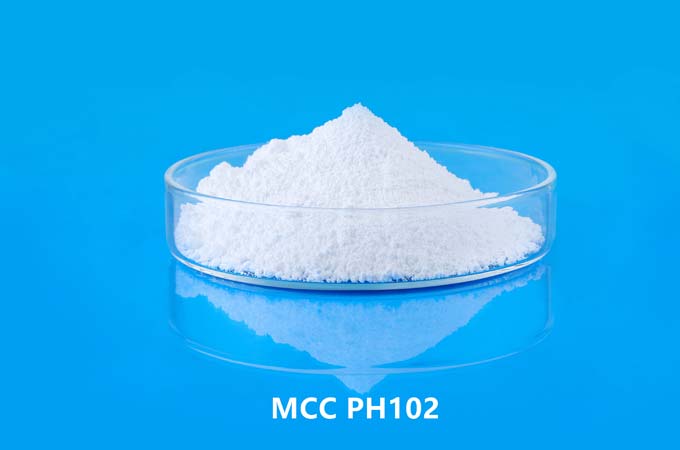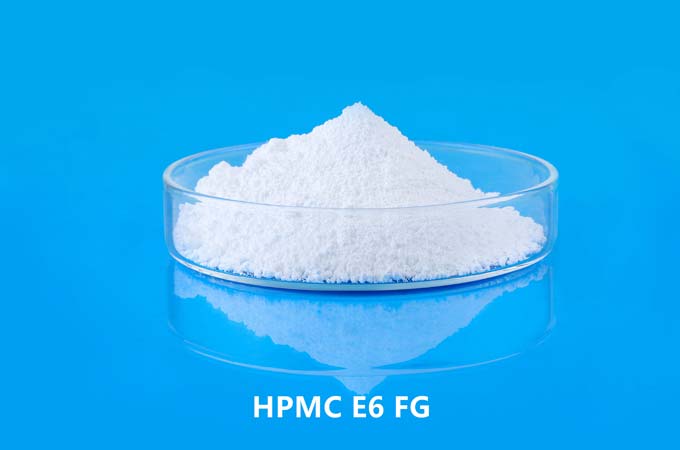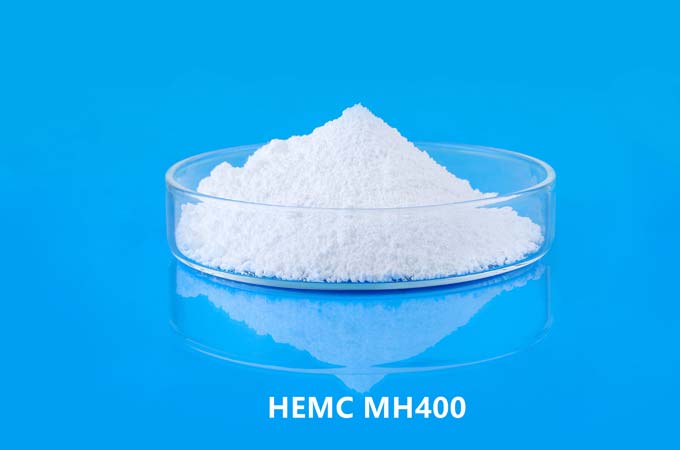Application of Carboxymethyl Cellulose (CMC) in Mining
Carboxymethyl cellulose (CMC) is a versatile and widely used derivative of cellulose. Its unique properties make it valuable across various industries, including mining.
1. Overview of CMC
CMC is a water-soluble anionic polymer derived from cellulose. It is produced by the chemical modification of cellulose with chloroacetic acid, resulting in a carboxymethyl group attached to the cellulose backbone. This modification imparts CMC with unique properties such as high viscosity, excellent water retention, and a wide range of solubility. These characteristics make it highly useful in various applications.
2. Role of CMC in Ore Flotation
Ore flotation is a crucial process in the mining industry, used to separate valuable minerals from the ore. This process involves the addition of reagents to a slurry of finely ground ore, which promotes the attachment of specific minerals to air bubbles, allowing them to float to the surface and be collected.
2.1. As a Depressant
In flotation, CMC is primarily used as a depressant. It selectively inhibits the flotation of certain minerals by preventing them from attaching to air bubbles. For example, in the flotation of lead-zinc ores, CMC can be used to depress the flotation of zinc sulfide while allowing lead sulfide to float. This selective depression is achieved through the adsorption of CMC molecules onto the mineral surface, altering its hydrophobicity and making it less likely to attach to air bubbles.
2.2. Enhancing Selectivity and Recovery
CMC also enhances the selectivity and recovery of valuable minerals. By modifying the surface properties of gangue minerals, CMC helps improve the separation efficiency of the flotation process. This leads to higher recovery rates of the desired minerals and reduces the amount of unwanted materials in the concentrate.
2.3. Stabilizing Froth
Additionally, CMC, such as CMC HV, acts as a froth stabilizer in flotation processes. It helps in maintaining a stable froth layer at the surface of the flotation cell, which is essential for the efficient recovery of floated minerals. A stable froth ensures that the floated particles remain at the surface and can be easily collected, enhancing the overall efficiency of the flotation process.
3. Application of CMC in Drilling Fluids
Drilling is another critical aspect of mining operations, particularly in exploration and extraction phases. Drilling fluids, or muds, are used to lubricate and cool the drill bit, remove cuttings from the borehole, and stabilize the borehole walls.
3.1. Viscosity Control
CMC is widely used in drilling fluids to control their viscosity. Its ability to form viscous solutions even at low concentrations makes it ideal for this purpose. The right viscosity is crucial for effective cuttings removal and borehole stability. CMC helps in achieving and maintaining the desired viscosity, ensuring efficient drilling operations.
3.2. Fluid Loss Reduction
Another important role of CMC for oil drilling fluids is fluid loss control. During drilling, it is essential to minimize the loss of drilling fluids into the surrounding formation. CMC reduces fluid loss by forming a thin, impermeable filter cake on the borehole walls. This barrier prevents the excessive loss of fluids, maintaining the hydrostatic pressure in the wellbore and reducing the risk of wellbore instability.
3.3. Stabilization and Lubrication
CMC also contributes to the stabilization and lubrication of the drill bit and borehole. Its lubricating properties reduce friction between the drill string and the borehole walls, enhancing drilling efficiency and reducing wear and tear on the drilling equipment.
4. Environmental Management of Tailings and Waste
Mining operations generate significant amounts of tailings and waste materials, which pose environmental challenges. CMC plays a vital role in the management and disposal of these materials.
4.1. Tailings Management
Tailings are the residual materials left after the extraction of valuable minerals from the ore. These materials are typically stored in tailings ponds, where they need to be stabilized to prevent environmental contamination. CMC is used to enhance the consolidation and dewatering of tailings, reducing their volume and improving their stability. This helps in minimizing the environmental footprint of tailings storage facilities.
4.2. Wastewater Treatment
Mining operations also generate large volumes of wastewater, which contain suspended solids and contaminants. CMC is used in wastewater treatment processes to flocculate suspended particles, making them easier to remove through sedimentation or filtration. This improves the quality of discharged water and reduces the environmental impact of mining operations.
4.3. Soil Stabilization
In areas affected by mining activities, soil erosion and instability can be significant concerns. CMC is used for soil stabilization and erosion control. Its application to the soil surface helps bind soil particles together, reducing erosion and promoting vegetation growth. This is particularly important in the reclamation of mined land, where restoring the natural landscape and preventing further degradation are critical.
5. Advantages of Using CMC in Mining
The use of CMC in mining offers several advantages:
5.1. Cost-Effectiveness
CMC is a cost-effective additive due to its efficiency at low concentrations. Its ability to perform multiple functions reduces the need for additional chemicals, leading to overall cost savings in mining operations.
5.2. Biodegradability
As a derivative of natural cellulose, CMC is biodegradable and environmentally friendly. Its use helps in reducing the environmental impact of mining activities, aligning with sustainable mining practices.
5.3. Versatility
The versatility of CMC allows it to be used in various mining applications, from ore flotation and drilling fluids to environmental management. This adaptability makes it a valuable tool in the mining industry.
6. Future Perspectives
The future application of CMC in mining is promising, with ongoing research and development aimed at enhancing its performance and expanding its use. Innovations in CMC formulations and the development of more efficient and environmentally friendly processes are expected to drive its continued adoption in the mining sector.
6.1. Advanced Formulations
Researchers are working on developing advanced formulations of CMC with improved properties tailored for specific mining applications. This includes modifications to enhance its selectivity in flotation processes and its stability in extreme drilling conditions.
6.2. Sustainable Mining Practices
With the growing emphasis on sustainable mining practices, the role of CMC in minimizing the environmental impact of mining operations is becoming increasingly important. Continued research into the biodegradability and eco-friendliness of CMC will support its use in environmentally sustainable mining practices.
6.3. Enhanced Efficiency
Efforts to enhance the efficiency of CMC in mining processes, such as improving its adsorption properties and optimizing its use in combination with other reagents, will further solidify its role as a key additive in the mining industry.
Carboxymethyl cellulose (CMC) plays a critical role in modern mining operations. Its applications in ore flotation, drilling fluids, and environmental management demonstrate its versatility and effectiveness. The use of CMC enhances the efficiency and sustainability of mining processes, contributing to improved resource recovery and reduced environmental impact. As research and development continue, the future of CMC in mining looks promising, with potential advancements that will further optimize its performance and expand its applications.
 English
English 日本語
日本語 français
français Deutsch
Deutsch Español
Español italiano
italiano русский
русский português
português العربية
العربية Türkçe
Türkçe Nederland
Nederland



